This is the second of a two-part series on the fabled Indiana Railroad interurban network, which operated electric passenger service from 1930-41, but had roots going back to the early 1900s in the various predecessor companies that were joined to create it. You can read our first post here.
Some of these pictures show the Indianapolis Traction Terminal, the largest such structure in the world when built in 1904. There were originally nine tracks under a huge steel canopy, adjoining an office building designed by Daniel Burnham. The terminal was a local Indianapolis landmark until it was demolished in 1968. After the interurban quit in 1941, the terminal was used exclusively by buses. You can read more about it here.
Freight business was an important part of the Indiana Railroad, which when formed in 1930 had interchange freight connections with other Midwest interurbans. As these other networks fell victim to the Depression, specifically the Cincinnati & Lake Erie and Lake Shore Electric Railway, and the Dayton and Western, these connections were lost, which greased the skids for IR’s decline and fall.
If some of these networks could have been merged together, it’s possible they would have lasted longer. Dr. Thomas Conway was involved with modernization and strategic planning at many interurbans, and is largely responsible for the development of lightweight, high-speed interurban cars in the late 1920s. You can still see some of his handiwork today, the the 13.4 mile Norristown High-Speed Line operated bySEPTA between Norristown and Upper Darby, Pennsylvania.
-David Sadowski
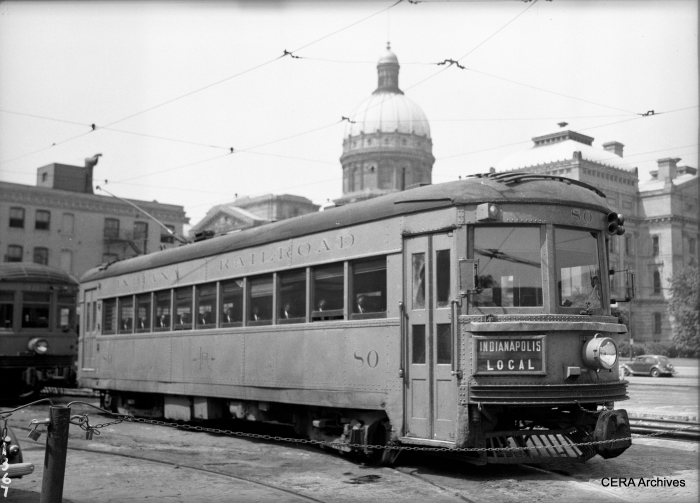
IR lightweight high-speed interurban 80, with the Indiana state capitol, which was completed in 1888, as backdrop. (Photographer unknown – CERA Archives)
PS- FYI, we’ve added a copy of Indiana Railroad- The Magic Interurban (CERA B-128) to our list of used books for sale.
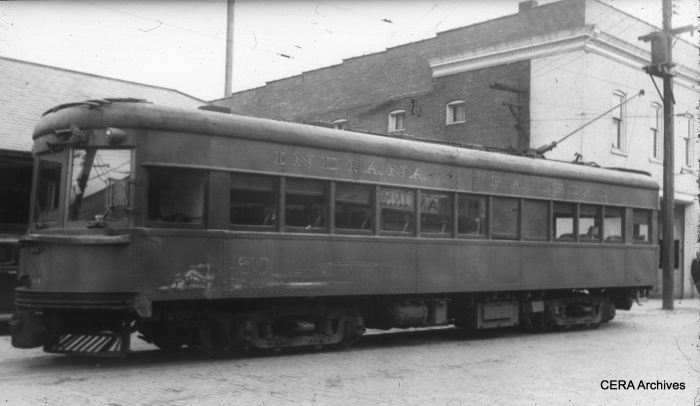
IR 50 in New Castle on May 19, 1940. (Photographer unknown – CERA Archives)
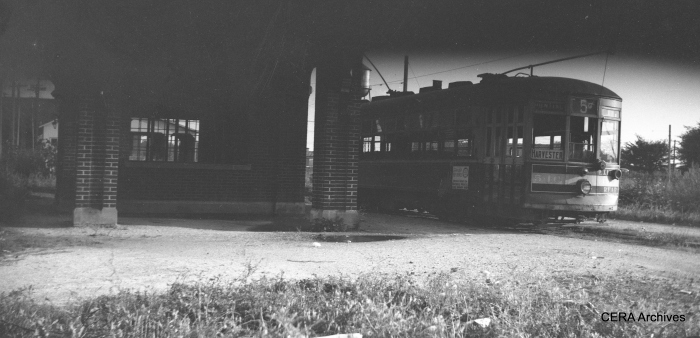
Indiana Service Corp. (an IR predecessor company) 540 at the end of the International Harvester line in Ft. Wayne on August 3, 1938. 540 was built by St. Louis Car Co. in 1923. (Photographer unknown – CERA Archives)
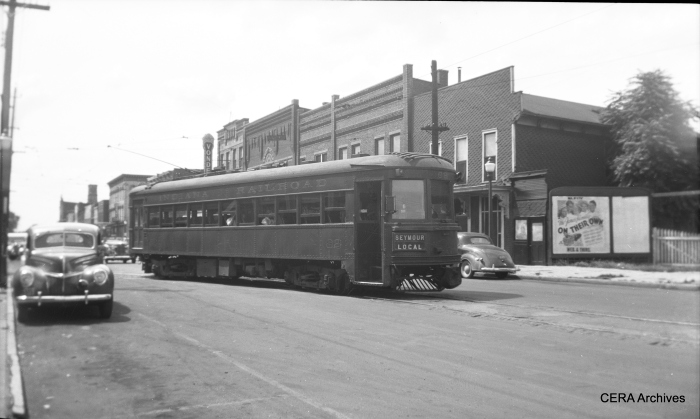
IR 82 leaving the Seymour terminal on August 11, 1940. (Photographer unknown – CERA Archives)

IR 446 had an interesting history, according to Don’s Rail Photos: “446 thru 449 were built by Cincinnati Car in 1923 as part of an order of 10 cars for the Indianapolis & Southeastern RR. When they were replaced by lightweight cars in 1928, six cars were sold to Milwaukee and converted into three truck trains. The other four cars went to Union Traction as their 446 thru 449 in 1929. They were soon included in the IRR. In 1936, they were converted to one man operation. They were retired in 1938, and car 446 became the wreck motor for another two years. ” (Photographer unknown – CERA Archives)
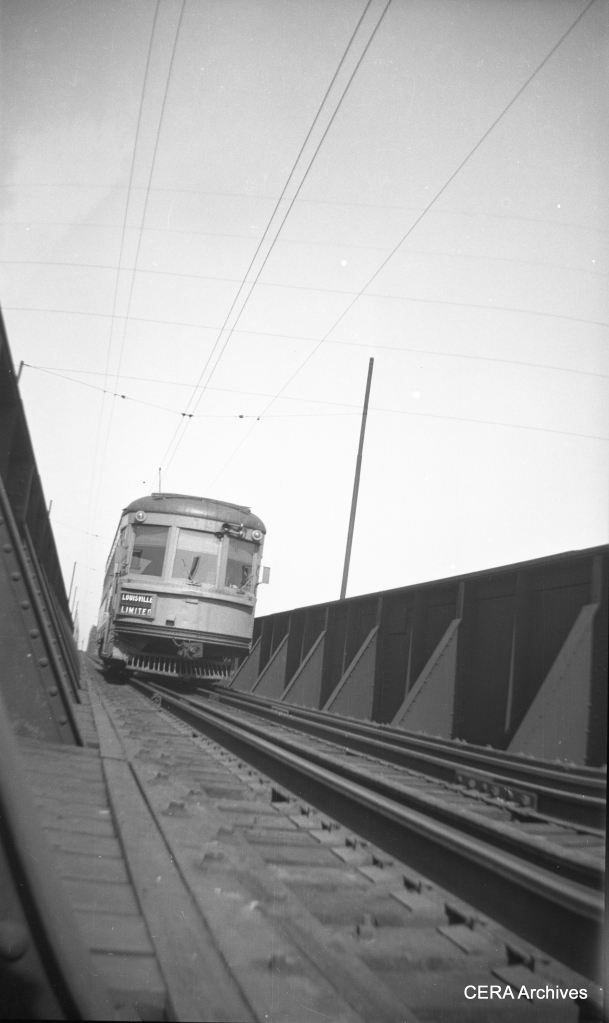
One of the IR lightweight high-speeds on a Louisville Local run. (Photographer unknown – CERA Archives)
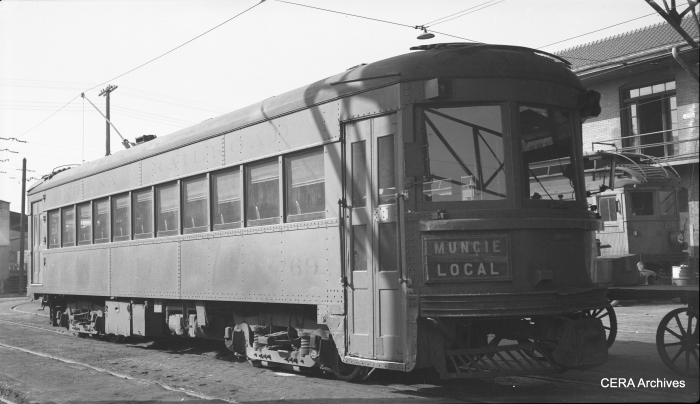
IR 69 in Muncie in 1940. (Photographer unknown – CERA Archives)
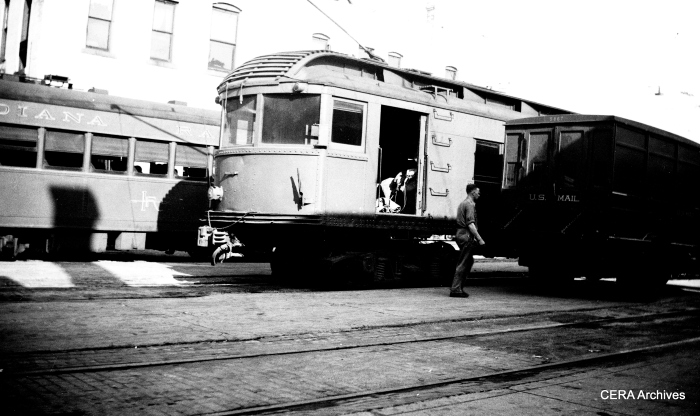
Unloading mail from an IR RPO-combine. (Photographer unknown – CERA Archives)
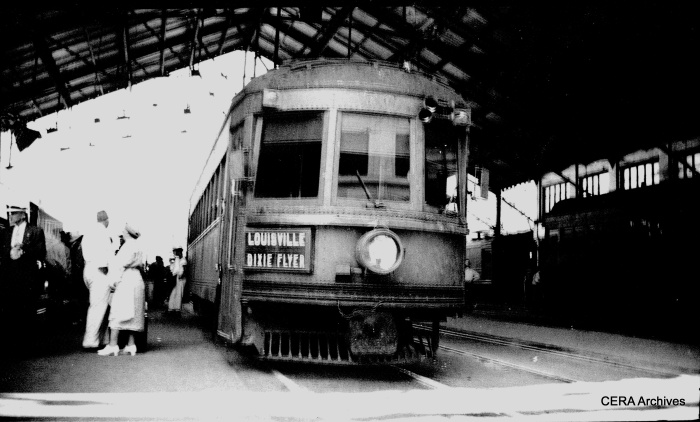
IR 70 in the Indianapolis Traction Terminal. (Photographer unknown – CERA Archives)
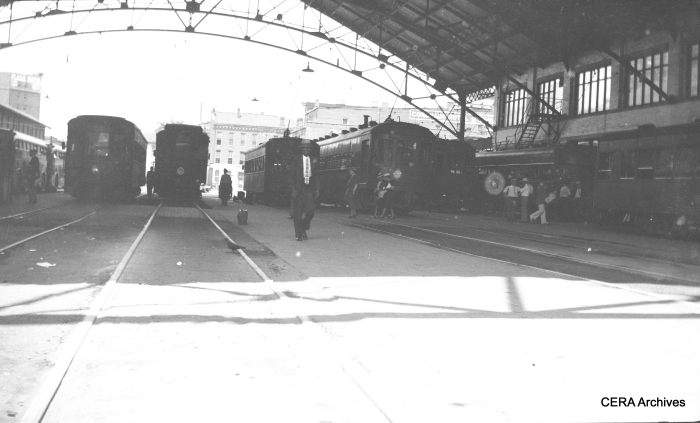
The Indianapolis Traction Terminal train shed, before most of the tracks were paved for use by buses. (Photographer unknown – CERA Archives)
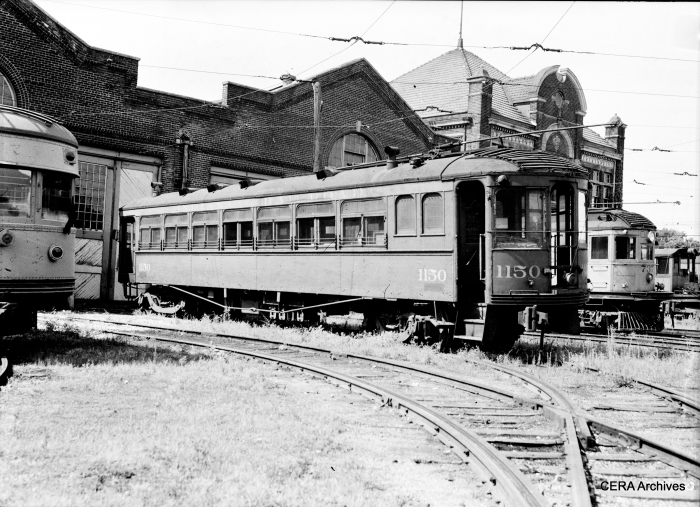
Don’s Rail Photos says, “1150 was built by Jewett in 1913 for the Grand Rapids Holland & Chicago as 21. In 1916 it became Michigan Rys. 113. When that company broke up in 1924, it reverted to the GRH&C as 113. In 1927 it was sold to IT as 443 and was named “Elwood”. When taken into the IRR in 1930 it lost its name but kept its number. In 1934 it became wreck motor 1150.” (Photographer unknown – CERA Archives)
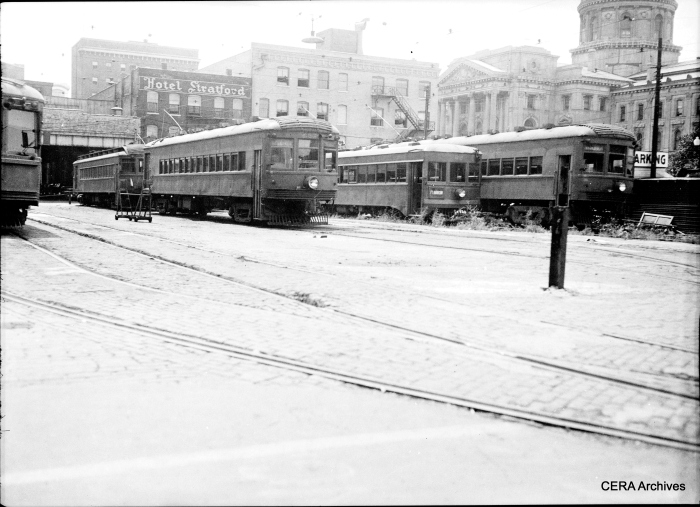
An Indianapolis terminal scene. (Photographer unknown – CERA Archives)
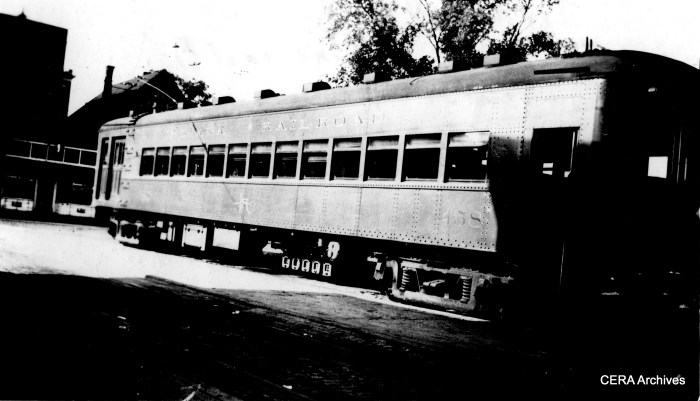
IR 458 in Ft. Wayne on August 5, 1938. Don’s Rail Photos reports, “457 and 458 were built by St. Louis Car in 1926 as IPSCo 378 and 379. They were one-manned in 1937 and retired in 1938.” (Photographer unknown – CERA Archives)
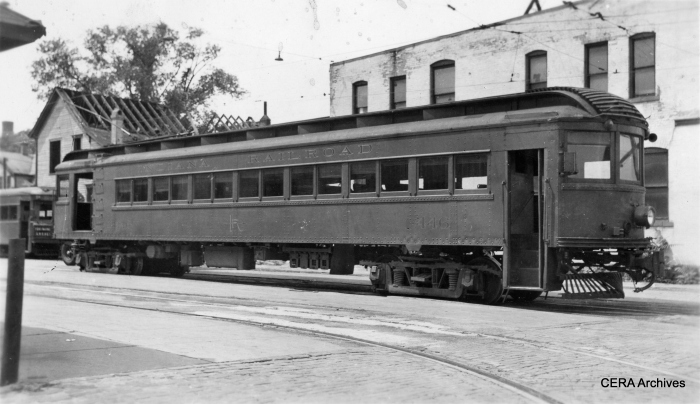
IR 446. (Photographer unknown – CERA Archives)
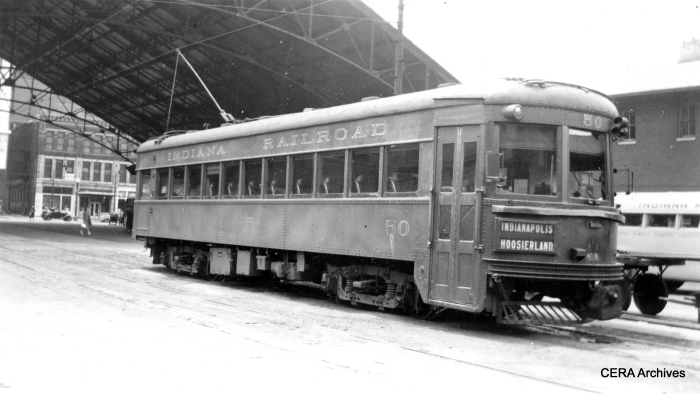
IR 50 in Indianapolis. (Photographer unknown – CERA Archives)
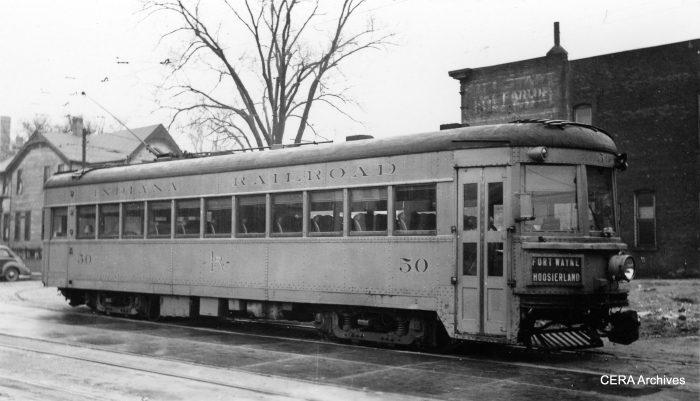
IR 50. (Photographer unknown – CERA Archives)
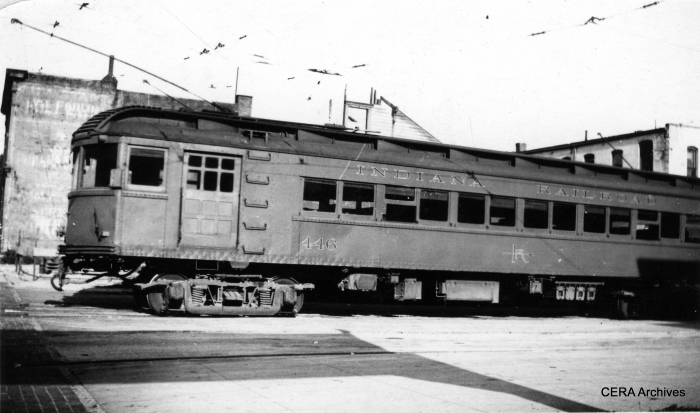
IR 446 at the Ft. Wayne terminal on August 2, 1938, bound for Indianapolis via the Peru Division. (Photographer unknown – CERA Archives)
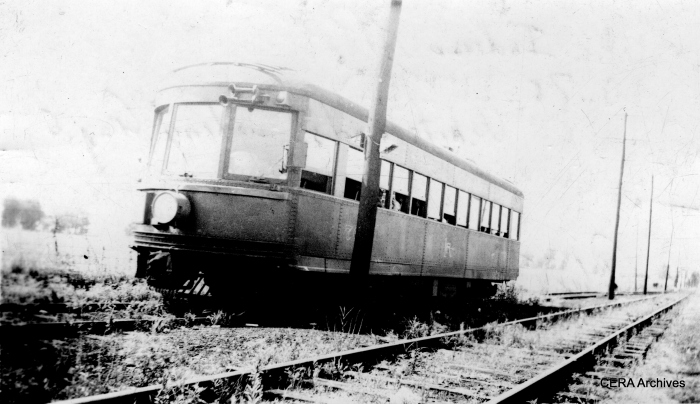
IR lightweight high-speed 76 at Whitelands siding. (Photographer unknown – CERA Archives)
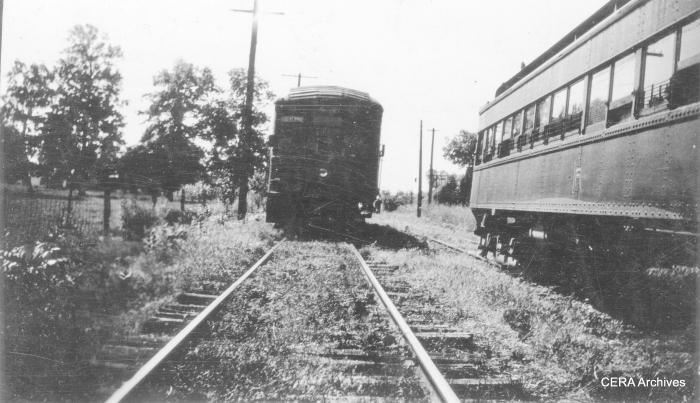
IR 432 (head on) meets 446 at Legro on August 3, 1937, on the long line from Ft. Wayne to Indianapolis via Kokomo and Peru. Service was discontinued on August 24, 1938, with the last trip on September 10th. (Photographer unknown – CERA Archives)
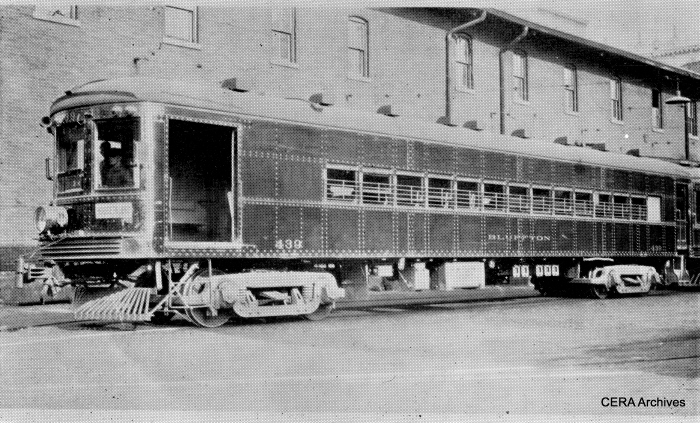
IR 439, aka “Bluffton.” (Barney Neuburger Photo – CERA Archives)
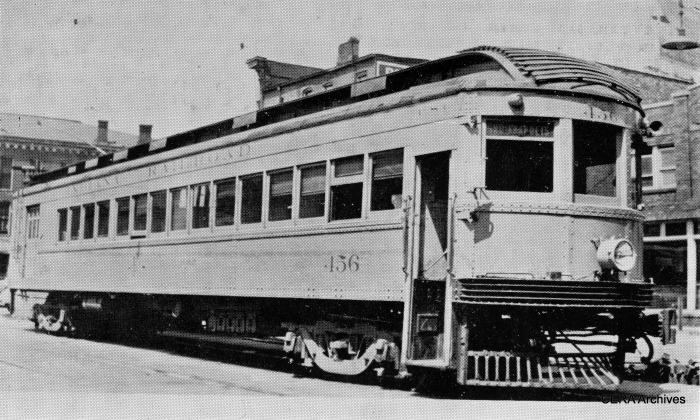
IR 456. Don’s Rail Photos says, “450 thru 456 were built by Cincinnati Car in 1919 as 150 thru 152 and 154 thru 157 of the Interstate Public Service Co. In the consolidation, they were renumbered, but they carried PSC initials for the successor to IPS, Public Service Corp. of Indiana. They were converted to one man operation in 1936 and retired in 1938.” (Barney Neuburger Photo – CERA Archives)
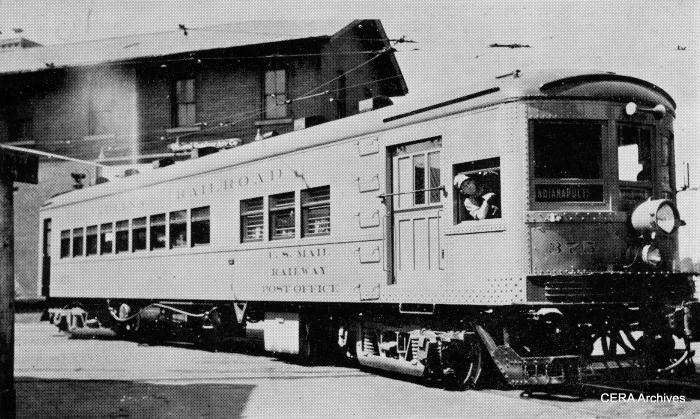
IR 375, one of three Railway Post Office motors used between Indianapolis and Peru, and between Ft. Wayne and Newcastle. (Barney Neuburger Photo – CERA Archives)
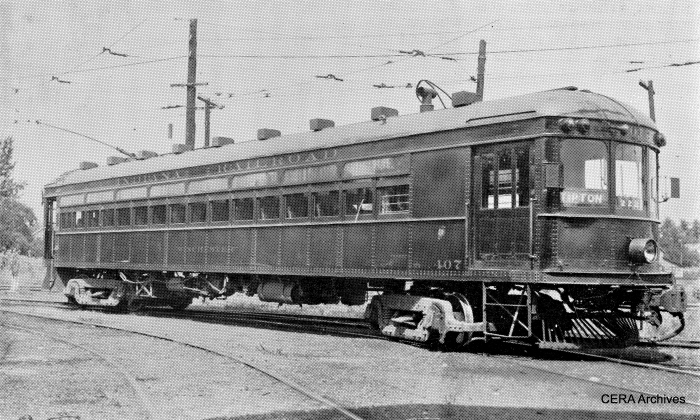
IR 407, aka “Winchester,” was built in 1913 by Cincinnati Car Co. (Barney Neuburger Photo – CERA Archives)
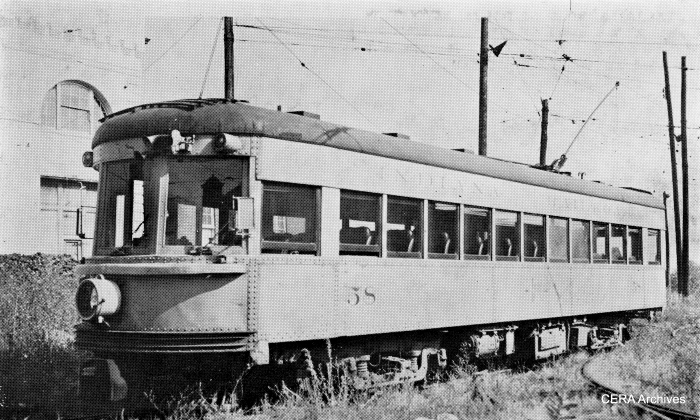
IR 58, which was used on an early CERA fantrip. (Barney Neuburger Photo – CERA Archives)

IR 712 was built by American Car and Foundry in 1924. (Barney Neuburger Photo – CERA Archives)
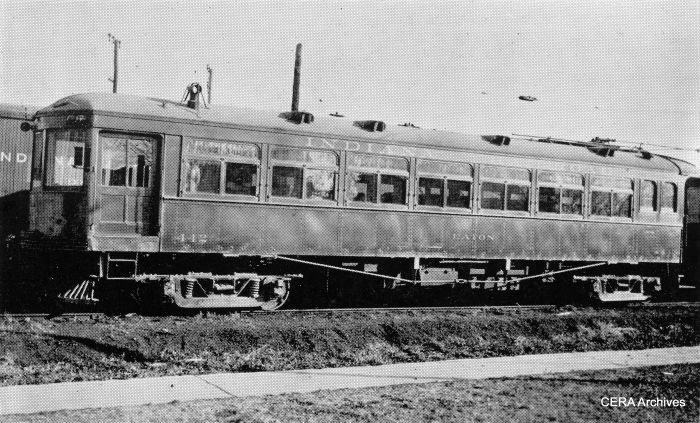
IR 442, aka “Eaton.” Don’s Rail Photos reports, “442 was built by Jewett in 1913 as Grand Rapids Holland & Chicago 20. In 1916 it became Michigan Rys. 112. When that company broke up in 1924, it reverted as GRH&C 112. In 1927 it was sold as UTI 442 “Eaton” and became IRR 442 in 1930. It was rebuilt to one man in 1936.” (Barney Neuburger Photo – CERA Archives)
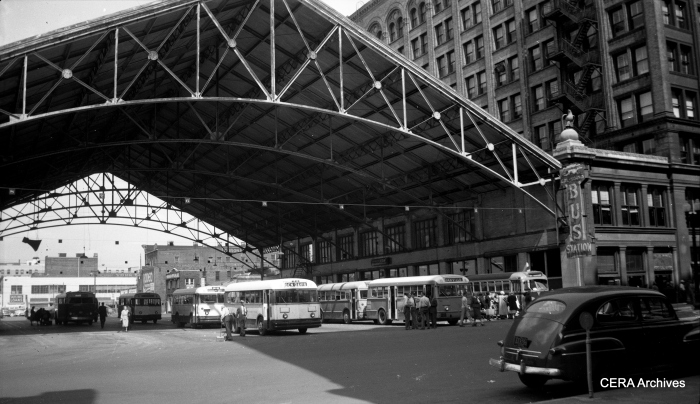
The former Indianapolis Traction Terminal during the 1950s, when it was used exclusively by buses. (Photographer unknown – CERA Archives)